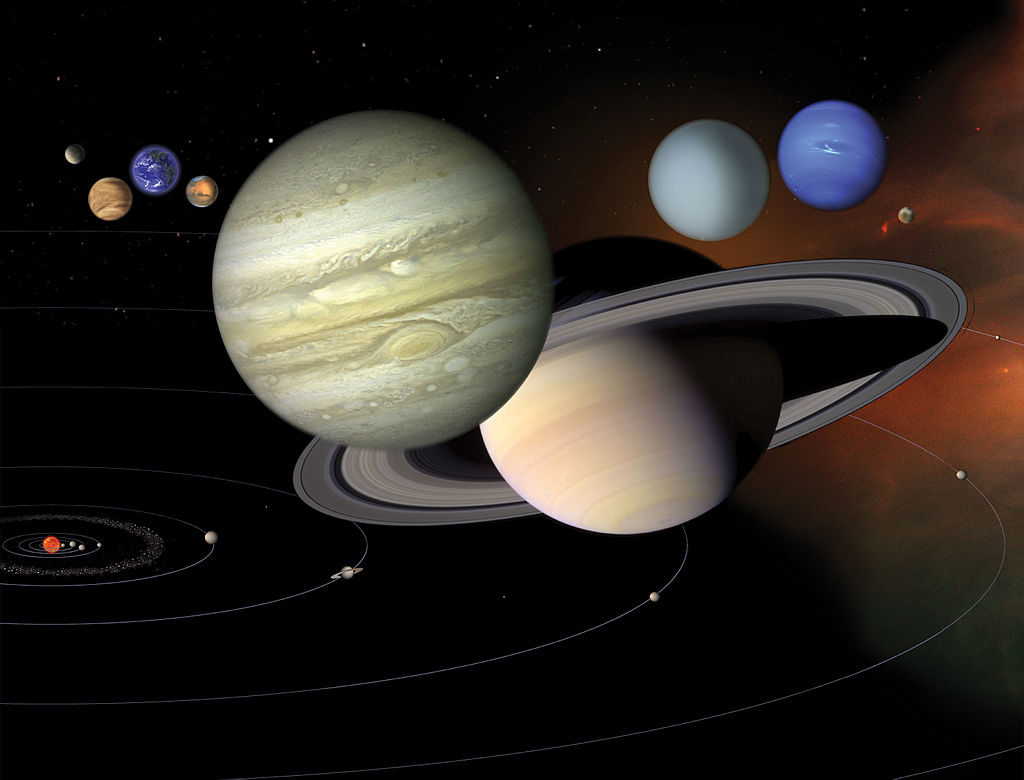
Taurus, the Bull is high in the south. Look for the Pleiades star cluster above reddish Aldebaran. Dazzling Orion, the Hunter takes center stage on winter evenings. Surrounding Orion are the brilliant stars of winter. Orion’s belt points down to Sirius, the Dog Star, which outshines all other stars we ever see at night. The Little Dog Star, Procyon, rises with Sirius and is level with Orion’s shoulder as they swing towards the south. To the upper left of Orion’s shoulder is Gemini, the Twins.
Under Sirius and low to the southern horizon this month is a star that most Americans never get to see—Canopus. Representing the bottom (keel) of the legendary ship Argo, Canopus is the second brightest star ever visible at night. Thus, it is clearly noticeable along the southern horizon on February and March evenings. However, you must be south of 37 degrees north to see Canopus rise. (This is the line that divides Utah, Colorado, and Kansas from Arizona, New Mexico, and Oklahoma.)
The sky we see depends on our latitude as well as on the time of night and time of year. From any given location in our hemisphere, stars in an area of the sky around the North Star never set (and are thus circumpolar), while stars in an equivalent area around the South Celestial Pole never rise. The closer you are to the pole, the larger these areas are. The closer you get to the equator, the fewer circumpolar stars there are, but there are also fewer stars that never rise for you. At the equator, no stars are either circumpolar or never visible; all of them rise and set as Earth turns.
That’s why, down here in south Texas, the Big Dipper sets for a while although it’s always up for most Americans. On the other hand, Canopus, too far south to rise for most Americans, rises for us.

Mars remains in the west at dusk. Although now considerably dimmer than in July (and gradually fading), Mars still outshines all of the stars in its vicinity.
Mercury, normally too close to the Sun to be visible, makes an appearance this month. Face a little bit south (left) of due west right at dusk beginning around the 12th. Greatest elongation (apparent distance between Mercury and the Sun in our sky) is February 26th; that’s when Mercury will appear highest at dusk.
Venus is now fully established as the ‘morning star’. Face southeast at dawn look for the brightest thing there, outshining the stars and all other planets.
Jupiter remains in the morning sky this month, as Venus now leaves it behind. Face southeast at dawn to find it.
Saturn has joined Venus and Jupiter in the morning sky, although it is much dimmer than those two. Look low in the east southeast at dawn. Venus passes Saturn on the 18th.
Moon Phases in February 2019:

New Feb. 4, 3:04 p.m. 1st Quarter Feb. 12, 4:26p.m.
Full Feb. 19, 9:53 a.m. Last Quarter Feb. 26, 5:28 a.m.
The New Moon of Monday, February 4, is the second New Moon after the winter solstice. Accordingly, this is Chinese New Year. The Year of the Dog ends and the Year of the Pig begins at this moment. (Adjust 3:04 pm CST to China’s time zone, and you’ll see that the date in China itself is February 5.)
George Observatory is open to the public! Come join us any clear Saturday night.
Clear Skies!






